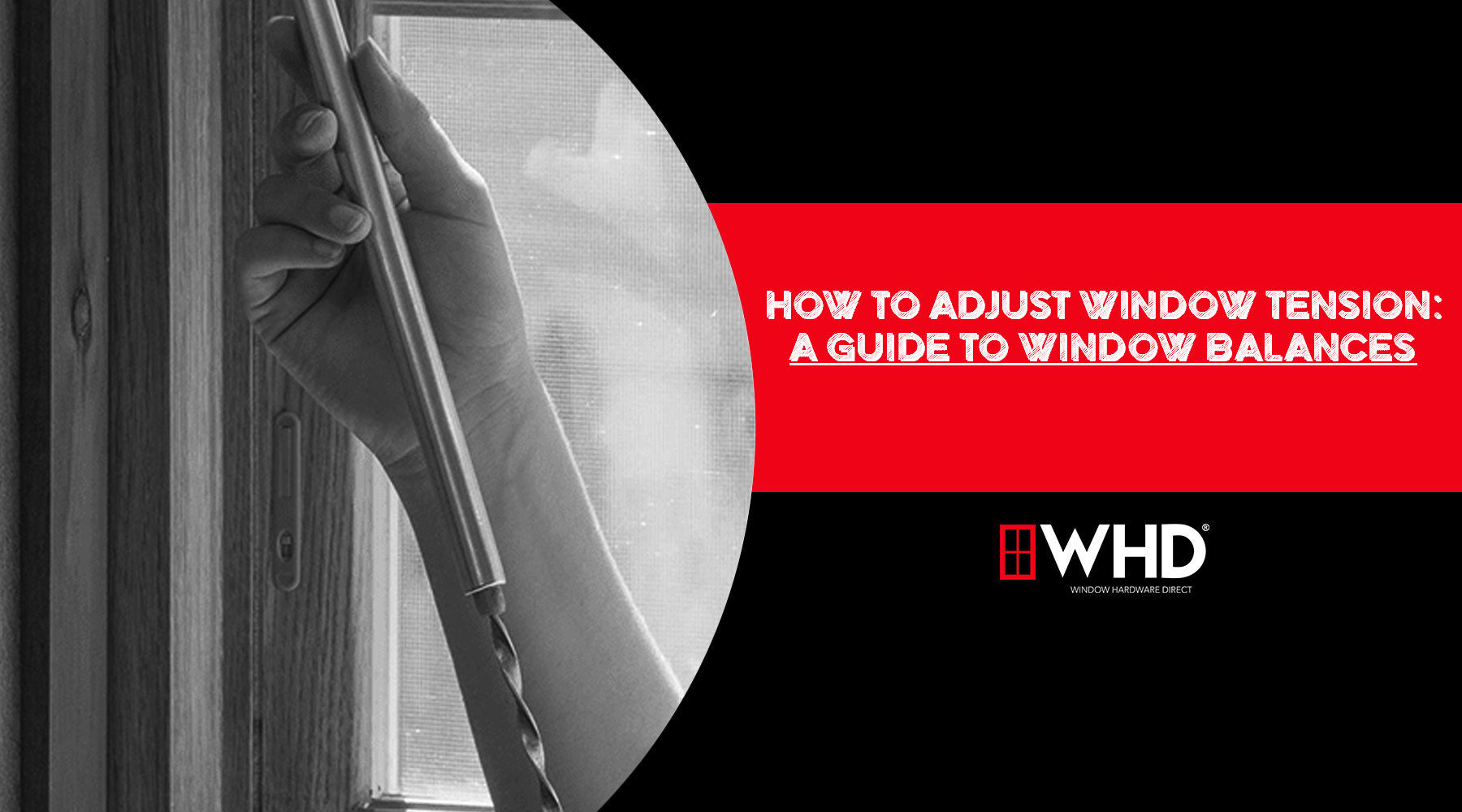
How to Adjust Window Tension: A Guide to Window Balances
Window balances are essential mechanisms that help sash windows open and close with ease. Over time, they may lose their tension, making windows difficult to operate or unable to stay open. If your window feels too loose or too stiff, learning how to adjust window tension can help restore proper function and improve usability.
Understanding Window Balances
Window balances counteract the weight of the sash, making it easier to lift and lower. The most common types that may require tension adjustments include:
-
Spiral Balances – A coiled metal rod inside a tube that provides tension for smooth window movement.

-
Block and Tackle Balances – A system of pulleys and cords in a metal channel that assist in lifting heavier window sashes.

-
Constant Force Balances – A compact, coiled metal spring mechanism commonly found in vinyl windows, designed to provide consistent tension. These can also be referred to as coil spring balances.

Each type plays a key role in window function, and adjustments may be needed over time to maintain proper operation.
How to Adjust Window Tension
1. Identify Your Window Balance Type
Before adjusting tension, determine whether your window uses a spiral balance, block and tackle balance, or constant force balance. This can be done by removing the sash and inspecting the window frame’s balance system.

2. Adjusting Spiral Balances
To increase or decrease tension in a spiral balance:
-
Remove the sash by tilting it inward and lifting it out of the frame.
-
Locate the spiral rod inside the track.
-
Use a tensioning tool or pliers to rotate the balance rod. Turning it clockwise increases tension, while turning it counterclockwise decreases it.
-
Reinstall the sash and test the window, making additional adjustments if necessary.

3. Adjusting Block and Tackle Balances
Block and tackle balances do not usually have a manual tension adjustment. However, you can check for worn cords or obstructions that may be affecting performance. If the balance is no longer functioning correctly, replacement is often the best solution.

4. Adjusting Constant Force Balances
Constant force balances are designed to provide consistent tension and typically do not require manual adjustment. However, if the window is not operating correctly:
-
Check for dirt or debris inside the window track.
-
Inspect the coiled spring for signs of wear or damage.
-
If the balance is not functioning properly, replacement is usually necessary, as these systems are pre-calibrated for the window’s weight.

When to Replace Window Balances
If adjustments do not fix the issue, you may need to replace the window balance. Signs that replacement is necessary include:
-
The window won’t stay open or slams shut.
-
The sash is difficult to move.
-
Visible damage to the balance system.
Replacing a faulty balance ensures smooth operation and extends the life of your windows.
Conclusion
Knowing how to adjust window tension can help keep your windows working properly for years to come. Whether your window uses a spiral balance, block and tackle balance, or constant force balance, making the right adjustments or replacements can improve performance.
If adjustments don’t solve the problem, replacing the balance system is the best way to restore proper function. For more information on adjusting window tension or help ordering replacement balances, Contact The WHD Team! We look forward to assisting you.
